In today's digital age, student data privacy has become a critical concern for educational institutions. Ensuring robust IT security is essential for protecting data and complying with stringent student data privacy laws. With a growing awareness of student privacy rights and increasing federal regulations, schools, colleges, and universities must adopt advanced measures to safeguard student information. By implementing file integrity monitoring (FIM), educational institutions can effectively protect student information and uphold the integrity and confidentiality of their data.
What is student data privacy?
The protection of students' academic and personal data against unauthorized access, use, or disclosure is known as student data privacy. This includes ensuring that data collected by educational institutions, such as schools, colleges, and universities, is handled in a way that safeguards the privacy and confidentiality of students.
To protect student data privacy, it's critical that schools, districts, education software companies, and individual users adhere to policies and practices that protect information from unauthorized access, misuse, or disclosure. Proper protection makes sure that student data privacy rules and regulations are followed while collecting, storing, using, and sharing personal identifiable information(PII) in a secure and responsible manner.
What is student data?
Student data encompasses any information about students that's collected, maintained, or used by educational institutions. This includes:
- PII: Personal data that can be used to identify a student, including name, address, date of birth, social security number, and contact details.
- Academic records: Grading, transcripts, attendance records, test results, disciplinary history, and other data in a student's academic record.
- Health information: Information about a student's health, including medical histories, allergies, vaccination records, and mental health data. In order to abide by privacy requirements like the Health Insurance Portability and Accountability Act (HIPAA) in the United States, this sensitive information must be protected.
- Behavioral and disciplinary data: Records of a student's conduct, rule violations, and any disciplinary actions taken by the educational institution.
- Demographic data: A student's gender identity, sexual orientation, age, race, ethnicity, or religion.
- Biometric data: Data on the voice, face, iris, fingerprint, and more, that measure an individual's physical traits to identify them.
- Online activity: Records of a student's browser history, login passwords, and participation in online classes.
- Parental and guardian information: Information about a student's parents or guardians, such as contact details and employment and financial information.
If student data is not protected, it can lead to privacy violations, legal consequences, targeted harassment, damage to the institution's reputation, and long-term security risks.
Why is student data privacy important?
Protecting students' academic and personal information, maintaining integrity and trust in educational environments, and adhering to legal and ethical requirements all depend on protecting student data privacy. Student data privacy ensures that educational establishments offer a secure, focused, and fair atmosphere that promotes student development and learning.
Here are more reasons why student data privacy is important:
- Safeguarding personal data: If sensitive student data like social security numbers and birth dates is not adequately protected, it could be stolen and used for identity theft. Ensuring data privacy helps prevent fraud and financial loss.
- Establishing trust: Parents and students trust that educational institutions will carefully manage their personal and academic data. This trust is upheld by protecting data privacy,giving families the confidence to share essential information without the concern of potential data breaches or misuse.
- Legal compliance: Adhering to data privacy regulations such as FERPA, the GDPR, and COPPA is not just a legal requirement but also an ethical responsibility. Compliance helps avoid legal consequences and promotes a culture of ethical data management.
- Ensuring the safety of students: Improper disclosure of personal information might result in targeted attacks of physical harm, harassment, or bullying. Safeguarding the privacy of student data contributes to student safety and wellbeing.
- Ethical responsibility: Appropriate data privacy measures prevent illegal profiling, which might be used to target students unfairly based on their academic or personal information. This promotes an inclusive and equitable learning environment.
How to protect student data privacy?
In order to protect student data privacy, a variety of administrative, technical, and policy procedures must be put in place. Here are a few effective tactics for protecting student data privacy:
- Enforce real-time threat detection to minimize data breaches and enable immediate alerting and response to possible security events. SIEM solutions support continuous monitoring and detection by offering extensive reporting and auditing features, helping to ensure adherence to education laws.
- To avoid unwanted access, encrypt sensitive data while it's in transit and at rest. This guarantees that data will remain unreadable even if it's intercepted or accessed by unauthorized individuals.
- Strict access restrictions should be put in place to ensure that only individuals with permission can access confidential student data. To restrict access according to employment duties and responsibilities, use role-based access control(RBAC).
- Conduct regular audits of data access and usage to detect any unauthorized activities. Continuous monitoring can help educational institutions identify and respond to potential security incidents quickly.
- Only collect the information required for educational purposes. To lower the danger and consequences of data breaches, refrain from gathering an excessive amount of personal data.
- Systems that contain or access student data should have strong, unique password requirements. To increase security even further, implement MFA
- Staff, students, and parents should all receive frequent training on data privacy best practices. Teach students how to spot phishing and other social engineering scams and stress the value of safeguarding personal information.
- For student data storage, use compliant and safe options. Make sure that strong security mechanisms, such as firewalls, intrusion detection systems, and safe backup options, are installed on both physical and cloud storage systems.
- Enforce thorough data privacy policies that specify how student information should be gathered, saved, accessed, and distributed. Verify that these policies abide by all applicable laws and rules.
- Anonymize data whenever possible to eliminate PII. This lowers the possibility that individuals will be identified in the event of a data breach.
- Establish and maintain a strong incident response strategy to deal with security issues and data breaches. This plan should outline procedures for identifying, containing, eradicating, and recovering from breaches and also should notify the affected parties.
- Verify that all vendors or third-party providers who handle student data follow the same privacy guidelines and standards. Regularly evaluate the security of services provided by third parties.
- Ensure compliance with relevant data protection regulations such as FERPA, COPPA , and the GDPR. Regularly review and update practices to align with changing laws and standards.
- Implement safe data disposal procedures for outdated or unnecessary data. This involves safely deleting digital files and shredding hard copy documents.
Student data privacy laws
Student data privacy laws are regulations designed to protect the privacy and security of students' personal and academic information. Here are some key laws that address student data privacy:
Family Educational Rights and Privacy Act (FERPA)
Under FERPA, parents and eligible students (those who are over 18 or enrolled in post-secondary education) in the US have the right to access and make changes to their educational records. Additionally, FERPA restricts the disclosure of these records without the consent of the student or parent, ensuring that their privacy is maintained.
Key provisions:
- Education records can be inspected and reviewed by parents and students.
- Schools must obtain written consent before releasing records, with some exceptions.
- Students can request corrections to inaccurate or misleading records.
Children’s Online Privacy Protection Act (COPPA)
In accordance with COPPA, owners of US-based websites and online services directed at minors under the age of 13 must follow specific guidelines, such as gaining parental consent before collecting children's personal data.
Key provisions:
- Websites must post a clear privacy policy.
- Websites must obtain parental consent before collecting children's personal data.
- Parents have the right to review and delete their child's information.
General Data Protection Regulation (GDPR)
The GDPR is a thorough data protection regulation that regulates how personal information is processed in the EU, including student information. It emphasizes transparency, security, and individuals' rights over their data.
Key provisions:
- Obtaining consent is necessary before collecting data.
- Data subjects have the right to access, correct, and delete their data.
- Data breaches must be reported within 72 hours.
- Severe penalties for non-compliance.
Protection of Pupil Rights Amendment (PPRA)
Parents in the US have various rights under the PPRA with regard to surveys, collection and use of personal data for marketing, and specific medical examinations.
Key provisions:
- Surveys that gather sensitive data must be disclosed to parents and must receive their approval.
- Schools must make instructional materials available for parental inspection.
- Restrictions on using certain data for marketing purposes.
Children's Internet Protection Act (CIPA)
CIPA mandates internet safety practices, including measures to block harmful content, for schools and libraries that receive US federal funds.
Key provisions:
- Access to offensive or harmful content must be filtered and blocked in schools.
- Policies must involve monitoring childrens' internet activity.
- Educational programs on internet safety are required.
How to protect student data privacy with FIM?
FIM ensures the security and non-tampering of files holding sensitive student data. Here are steps and best practices for using FIM to protect student data privacy:

Figure 1: FIM features that enhance student data privacy
1. Identify and monitor critical files and databases that contain sensitive student information subject to privacy laws.
With ManageEngine Log360, you can choose the critical files you want to monitor. You can also design templates (Fig. 2) to indicate which file and folder locations require monitoring. For monitoring purposes, you can use filters to include or exclude files, folders, and subfolders. You can use these templates to enable FIM on multiple endpoints at scale.
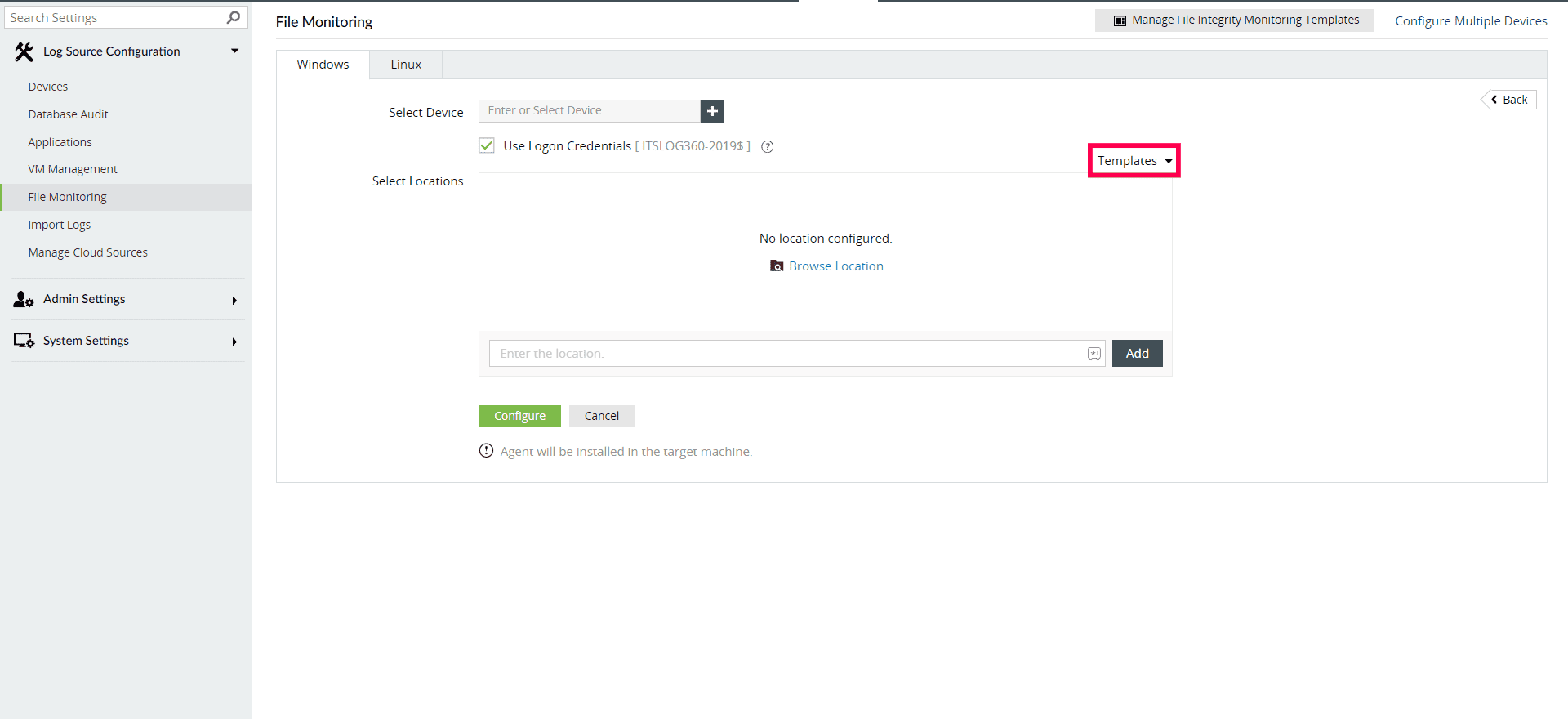
Figure 2: Choosing the files to be monitored using Log360
2. Establish thresholds to detect and alert admins to any suspicious activities or unauthorized access attempts in real time, enabling them to take prompt action to mitigate potential threats.
Log360 provides immediate alerts if there is any deviation from the predefined threshold (Fig. 3) for important updates, including changes in access policies for database-stored files and folders. You can accomplish this by configuring the alert criteria as per your needs.
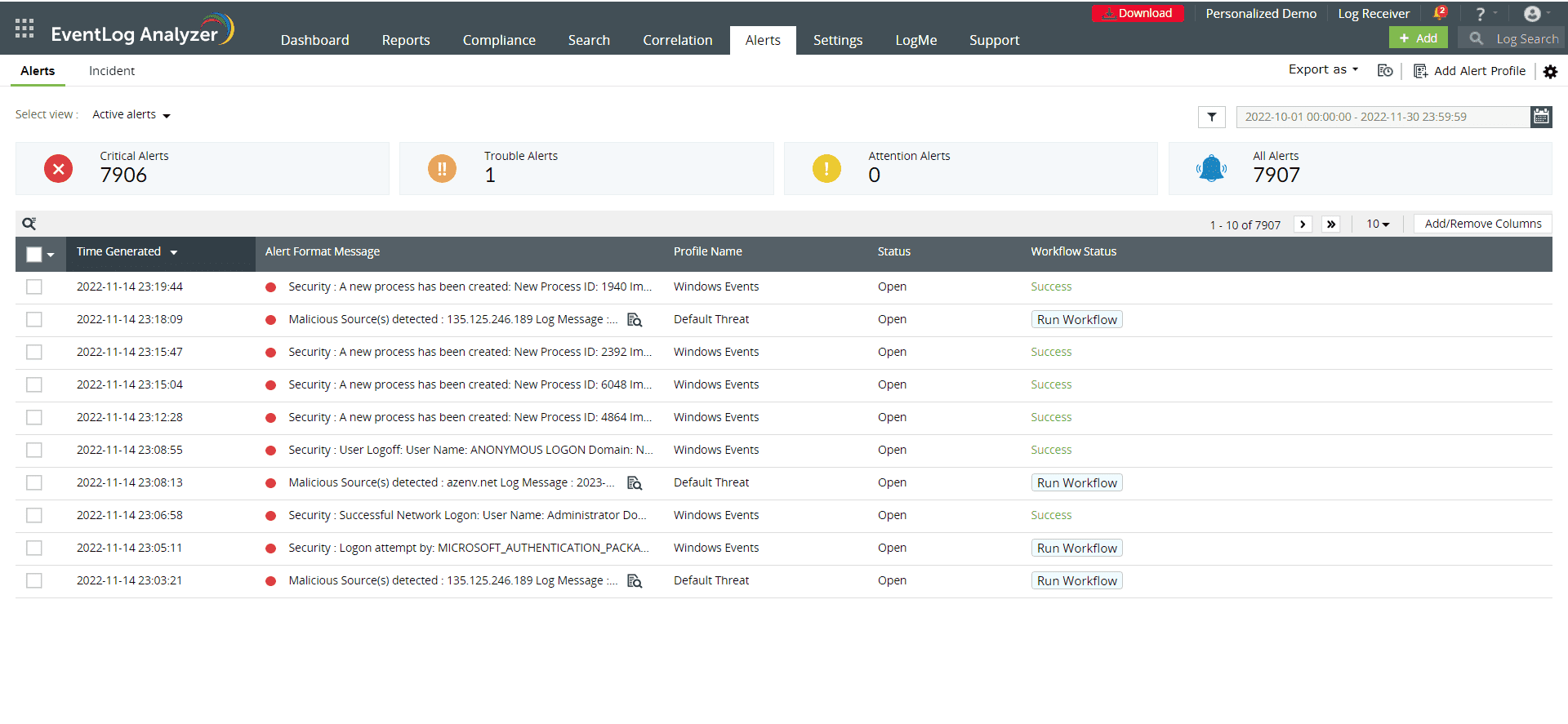
Figure 3: Report on alerts generated in ManageEngine Log360
3. Maintain detailed logs of all file changes. This audit trail is essential for investigating incidents and understanding the nature and extent of any unauthorized changes.
Log360 generates thorough reports (Fig. 4) with accurate information of file creations, deletions, modifications, permission changes, operation changes, and more, in multiple formats, including CSV and PDF. You can automatically receive the reports at regular intervals with the help of flexible report scheduling.
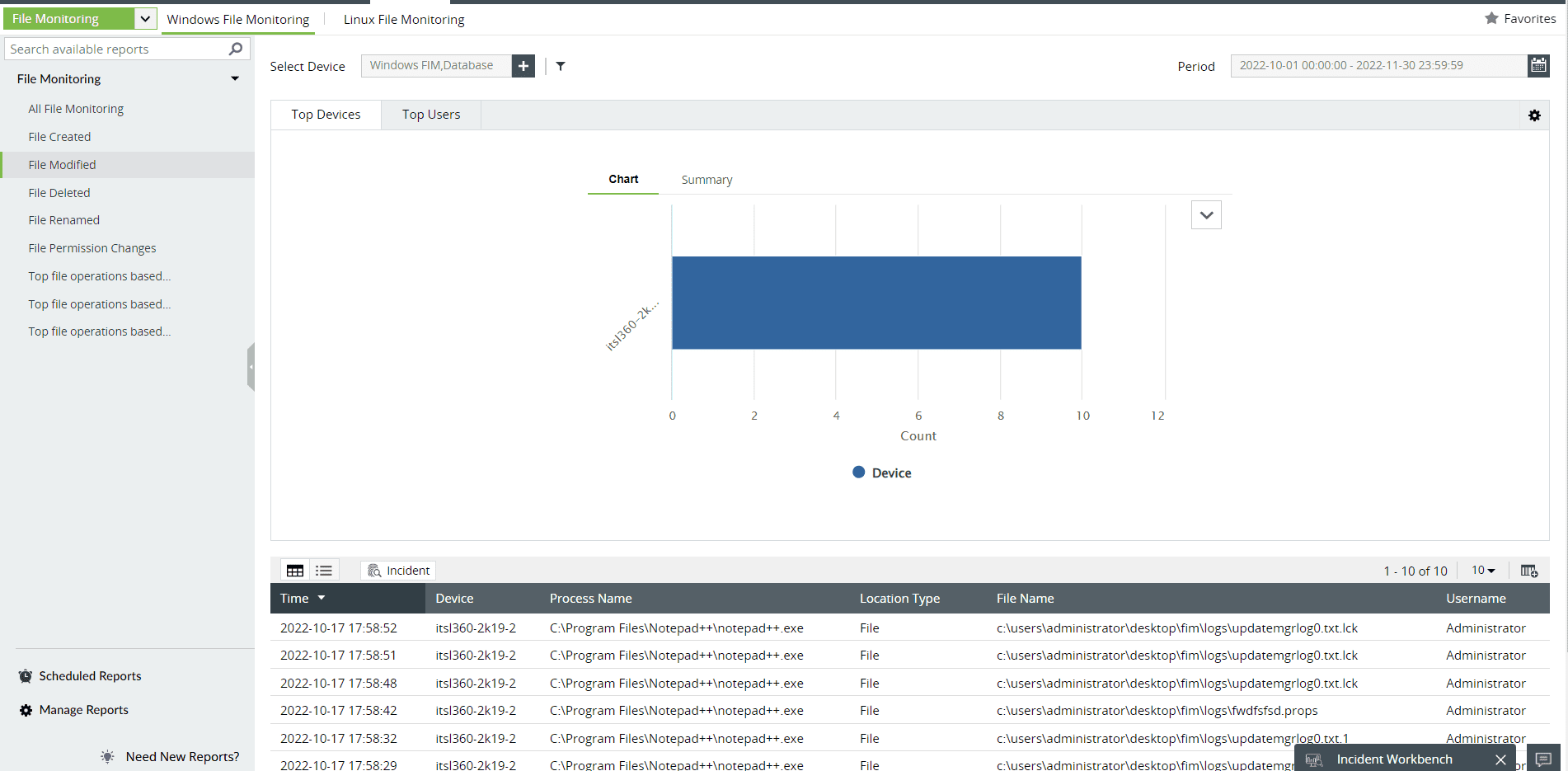
Figure 4: FIM reports in Log360
4. Conduct regular audits of file integrity to ensure compliance with data privacy regulations and internal policies.
Log360 helps organizations adhere to various compliance requirements and ensure network security by monitoring system activities with audit-ready reports (Fig. 5).
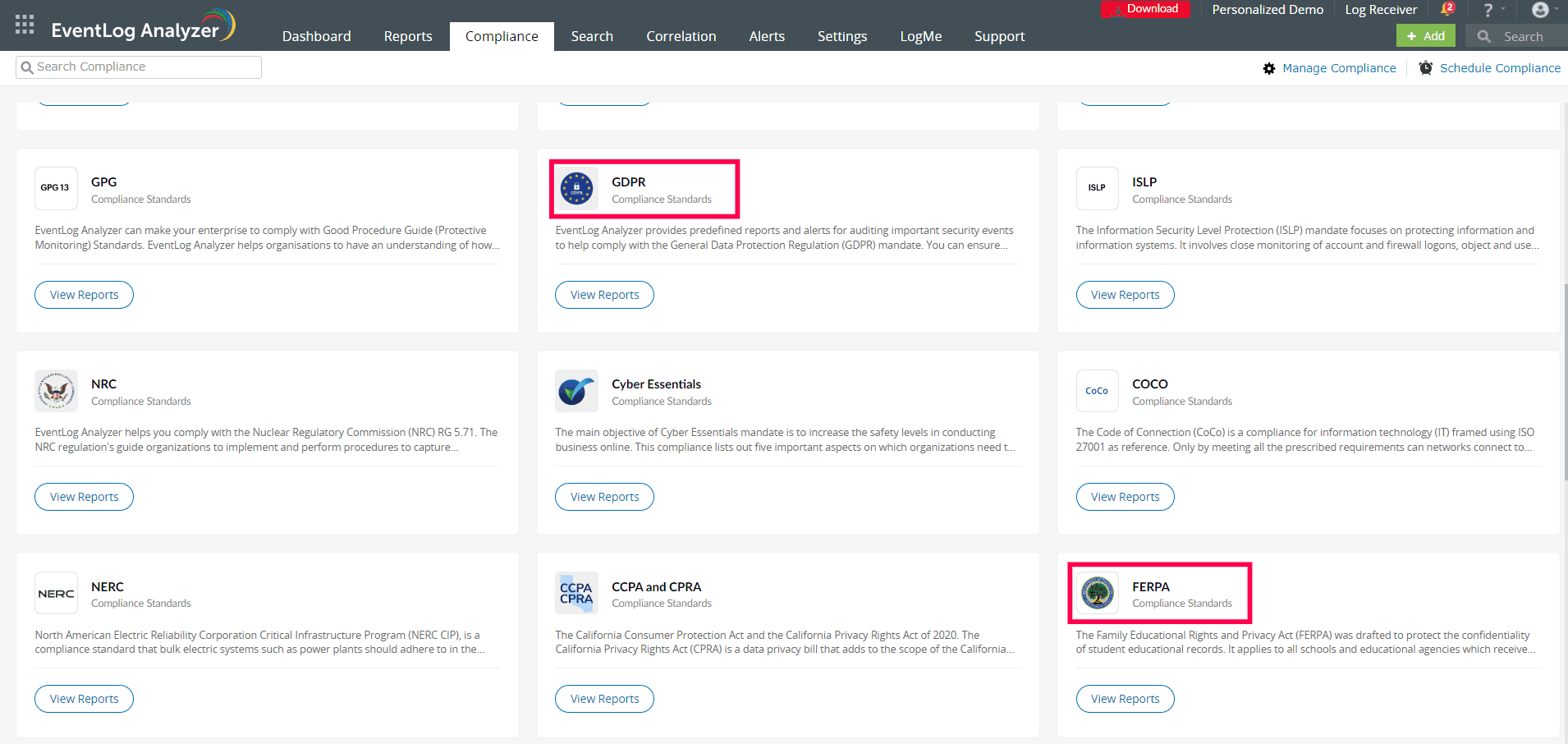
Figure 5: Compliance reports in Log360
5. Develop and implement an incident response plan specifically for handling integrity breaches. Ensure that it includes steps for investigating and responding to alerts generated by FIM.
Log360 includes an automatic remediation framework that can associate workflows with alert profiles. These workflows (Fig. 6) get executed automatically when a correlation alert is triggered for swift incident remediation.
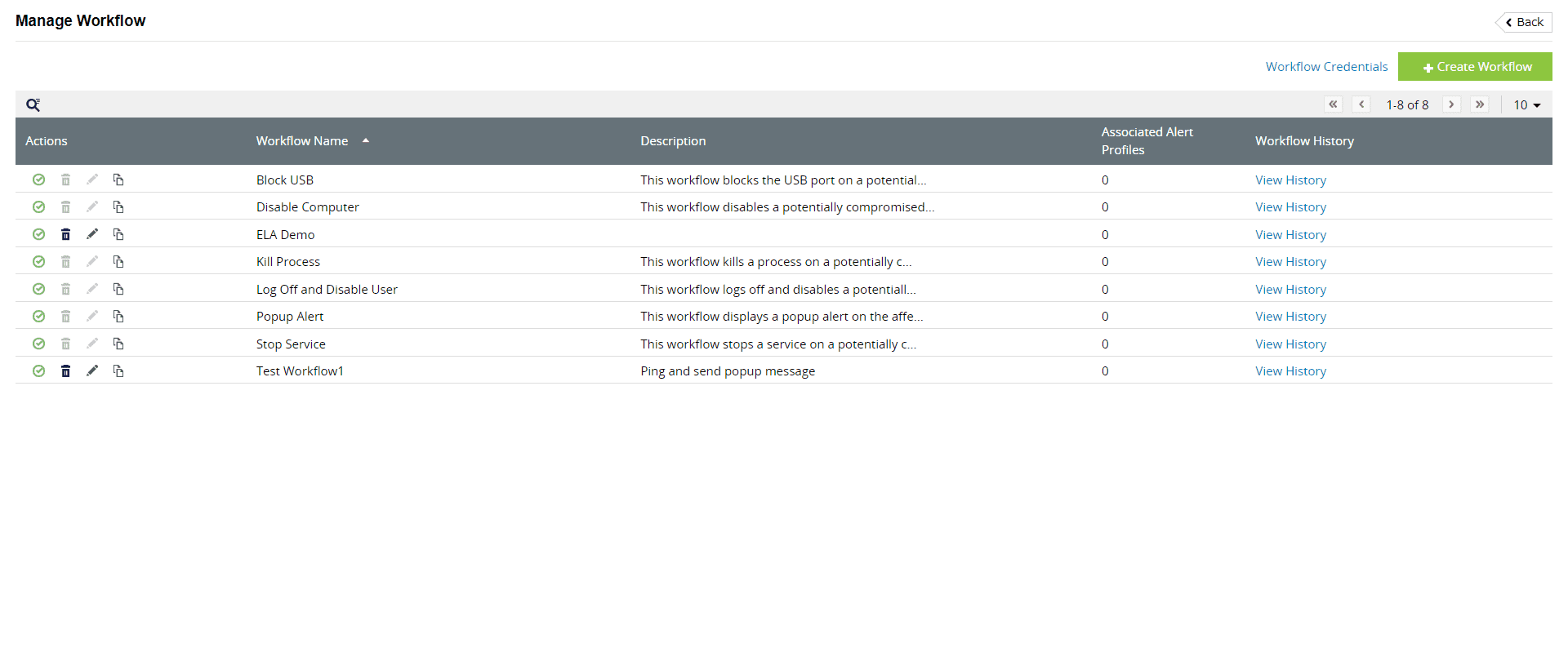
Figure 6: FIM incident remediation workflow in Log360
How does FIM ensure compliance with each student data privacy law?
FERPA
Protects the privacy of student education records and grants rights to access and amend those records.
The role of FIM:
- Ensures that only authorized individuals can view and alter student records, assisting administrators in properly controlling file permissions and user rights. Keeps thorough audit trails of all modifications and access to student records, supporting audits and compliance.
- Provides real-time alerts on unauthorized access or modifications to student records, allowing prompt response and mitigation.
COPPA
Governs the online collection of personal information from children under 13, requiring parental consent.
The role of FIM:
- Monitors files and databases where children’s information is stored to ensure no unauthorized collection or changes.
- Ensures that the parental consent-related files and processes are safe and unaltered.
- Regularly verifies that collected data is being used according to the consent provided.
GDPR
Provides comprehensive data protection rules, including for student data in the EU, emphasizing transparency and individual rights.
The role of FIM:
- Ensures that only authorized individuals can view and alter student records, assisting administrators in properly controlling file permissions and user rights.Real-time alerts for any unauthorized changes are provided, which helps organizations to quickly detect and report data breaches within the required 72 hours.
- Ensures that modifications are accurately tracked and that unauthorized alterations are prevented in order to monitor compliance with requests for data access, correction, and deletion.
PPRA
Governs the administration of surveys and the collection of information from students, ensuring parental consent and notification.
The role of FIM:
- Ensures the integrity of the data collected from student surveys by confirming that the data is collected and stored securely.
- Monitors files pertaining to parental consent to make sure they aren't changed without permission.
- Ensures that only authorized personnel can access survey data and parental consent.
CIPA
Requires schools and libraries receiving federal funding to implement internet safety policies, including measures to block harmful content.
The role of FIM:
- Monitors configuration files and policies related to internet filtering to ensure they are not altered maliciously.
- Demonstrates compliance with internet safety regulations during audits by providing logs and reports.
- Provides real-time alerts to any unauthorized changes to filtering policies or access controls, ensuring continuous protection.
Ready for the next step?
Enhancing student data privacy is paramount. Explore how implementing FIM allows you to detect unauthorized file changes in realtime and ensure data integrity and compliance. Sign up for a personalized demo of ManageEngine Log360, a comprehensive SIEM solution that can help you detect, prioritize, investigate, and respond to security threats.



